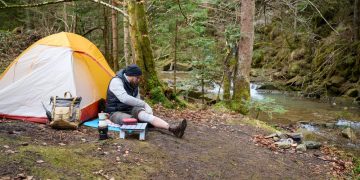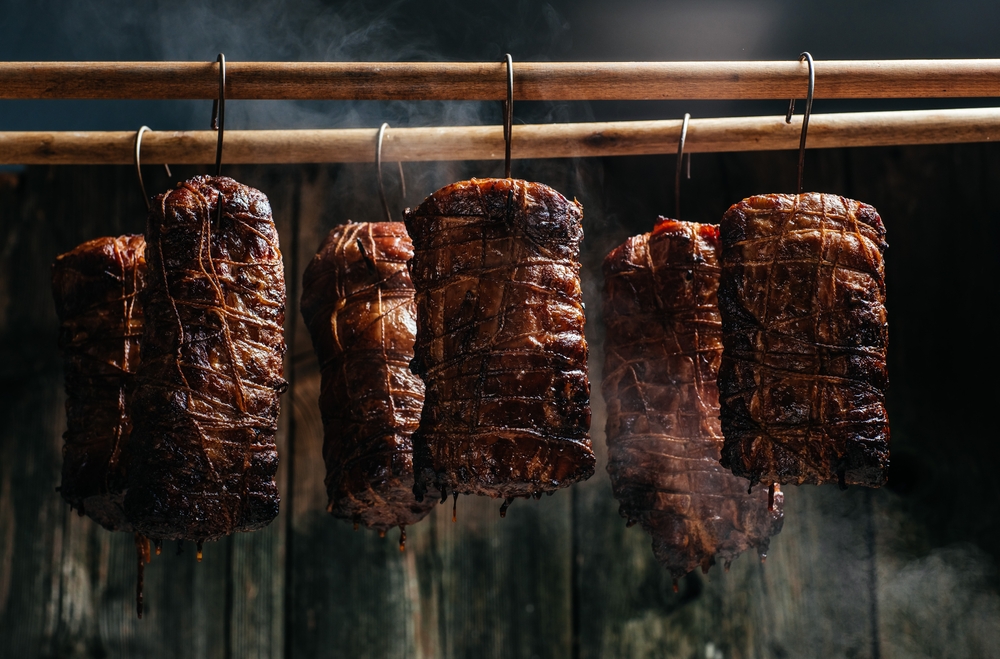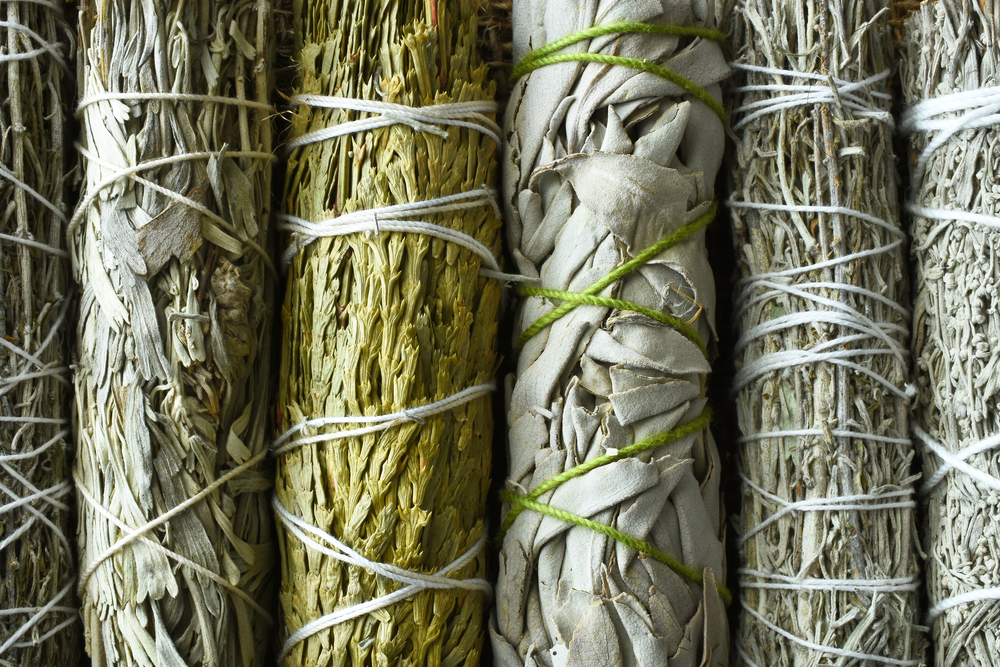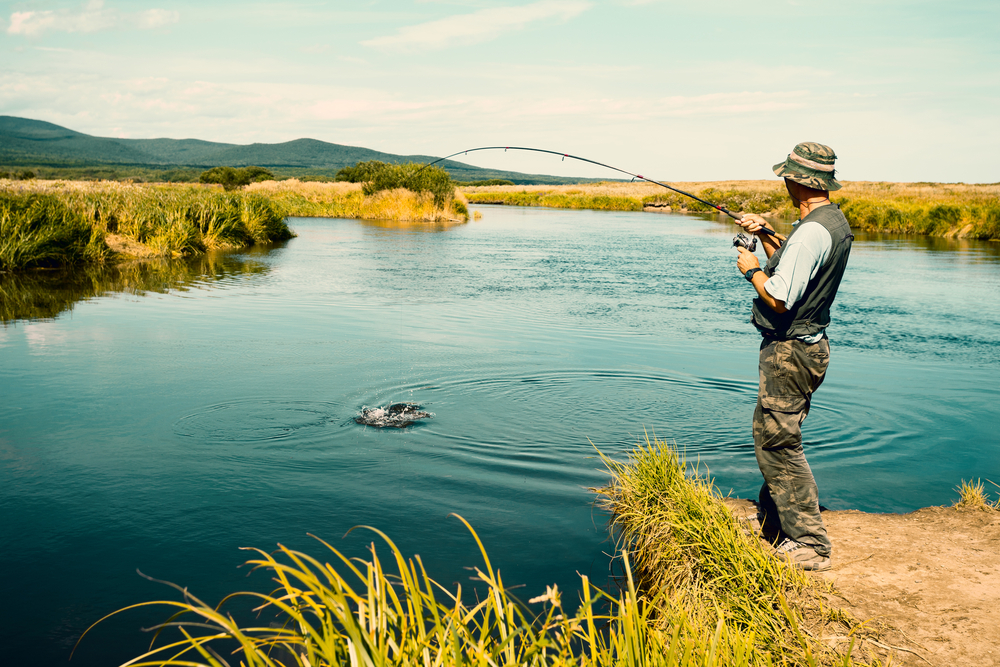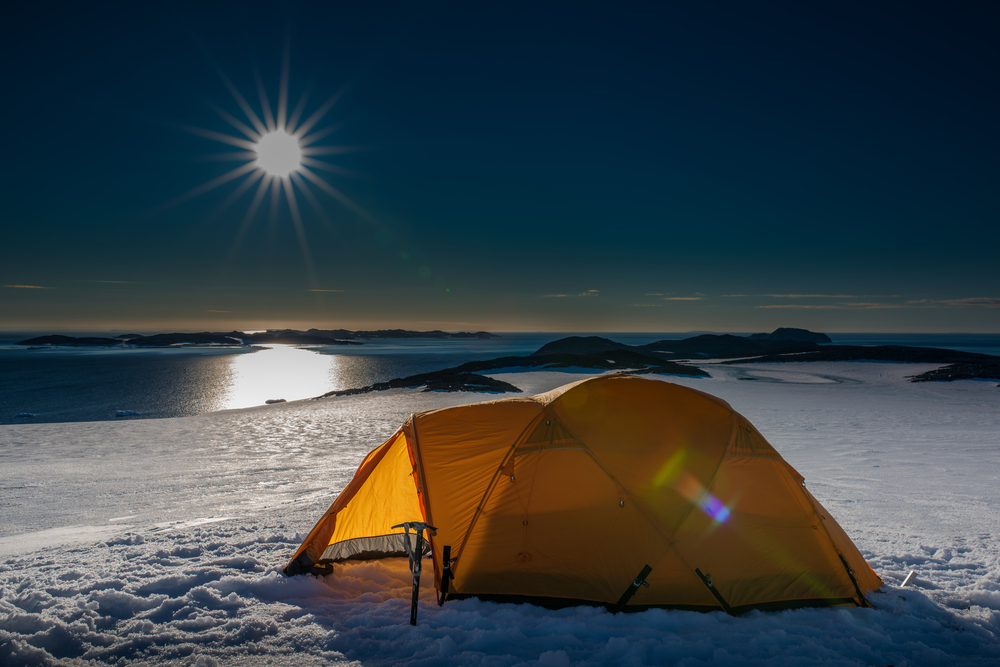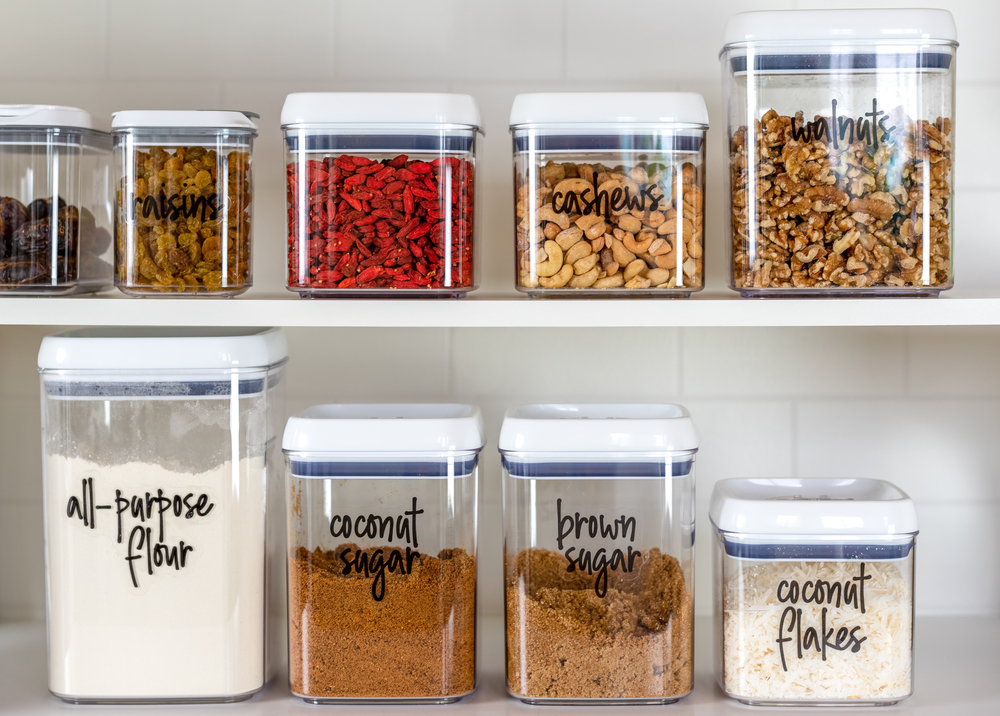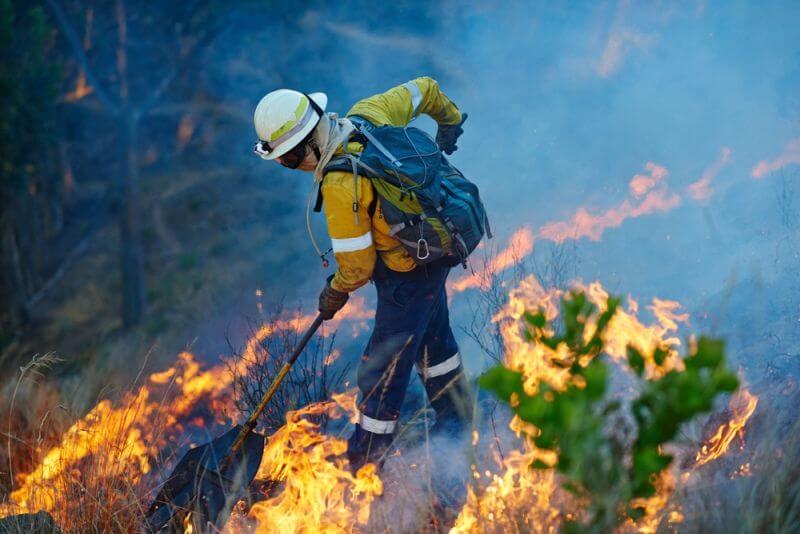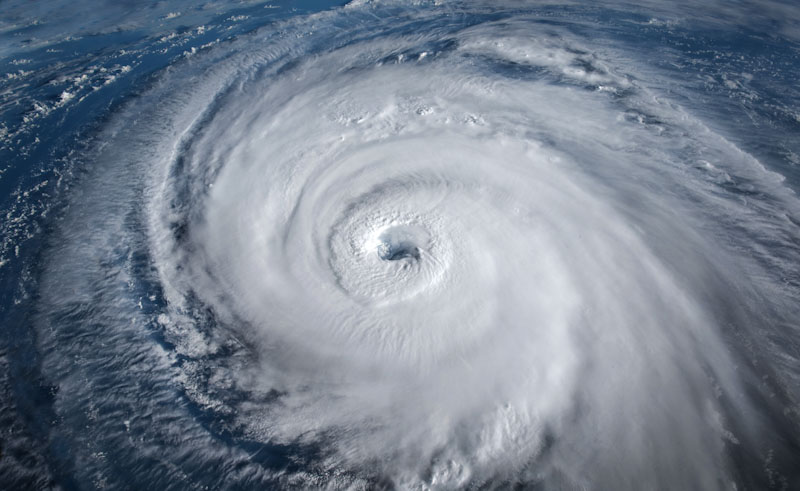When Antarctica is brought up, the name that usually comes to mind is Admiral Richard E. Byrd. But in fact, he was not the first person to reach the South Pole. That honor falls to a Norwegian explorer named Roald Amundsen. His party of five beat out their closest competitor by five weeks. Even more amazingly they returned safely home, while their competitors’ party died on the return trip.
That’s because Antarctica is probably the most inhospitable terrain on the planet. With the Sahara Desert in second place. After all, more people have succeeded in living with the desert than in the cold of Antarctica. Thanks to its relative abundance of wildlife, shelter and lack of frostbite.
Yet, despite this, Antarctica has also been populated for over a century.
That’s because, while there’s no native population, unlike the Arctic, scientific research stations have been operating in Antarctica since 1898, with the largest, McMurdo Station, able to house as many as 1,258 residents.
Still more incredible is the range of animal species that live in Antarctica. Including penguins, seals, orcas, snow petrels, krill, albatross and more.
So, in the face of such hostility, what can we learn about survival from these various animals, explorers and residents?
Adaptability
The human animal is a highly adaptable creature. While modern man is accustomed to his conveniences and won’t want to go without them, humans elsewhere in history have found ways to adapt to their environment. This ability to adapt is an important part of our ability to survive.
I distinctly remember seeing video of some Arctic or Antarctic expedition back when I was in elementary school. One of the things the explorers were struggling with was a vitamin D deficiency. So, to counter it, they were running around outside, almost naked, so that their bodies could absorb sunlight and create more vitamin D. While you or I would think it impossible to survive outdoors in those temperatures, they were able to do it.
If you look at your own body as you go through the year, you’ll notice that it adapts to the seasons, specifically to the cold of winter and heat of summer. While you might find yourself feeling like you’re freezing when it gets down to 40°F in the fall, by the time spring rolls around, that will seem balmy. Likewise, that springtime “heat” of 80°F may have you sweating, but by September, you’ll be calling that a “comfortably cool” day.
From a survival point of view, living in heated and air conditioned places is detrimental to our body’s ability to adapt. But the good news is that living that way doesn’t seem to cause any permanent damage. Once we learn to do without them, we’ll adapt just fine.
Preparation
The first successful expedition to reach the South Pole didn’t happen without a lot of preparation. The explorers first established a base of operations at the Bay of Whales. A strong hut was built, giving them protection from the severe weather. Food was stockpiled, including the meat of some 200 seals.
But that wasn’t enough. Once their base was established, the explorers set out to build caches of food along their expected route. They were concerned about the journey taking longer than expected and knew they wouldn’t survive, without their bodies having ample fuel to burn and turn into heat. Months were spent establishing those supply depots, acting both to reduce the amount of food they would have to carry with them and providing them with an opportunity to test their equipment.
While we talk about bugging out in the prepping and survival community, our level of preparation is abysmal. Few have a true survival retreat prepared and even fewer have supply caches set up. Should we to try that in Antarctica, we’d all perish.
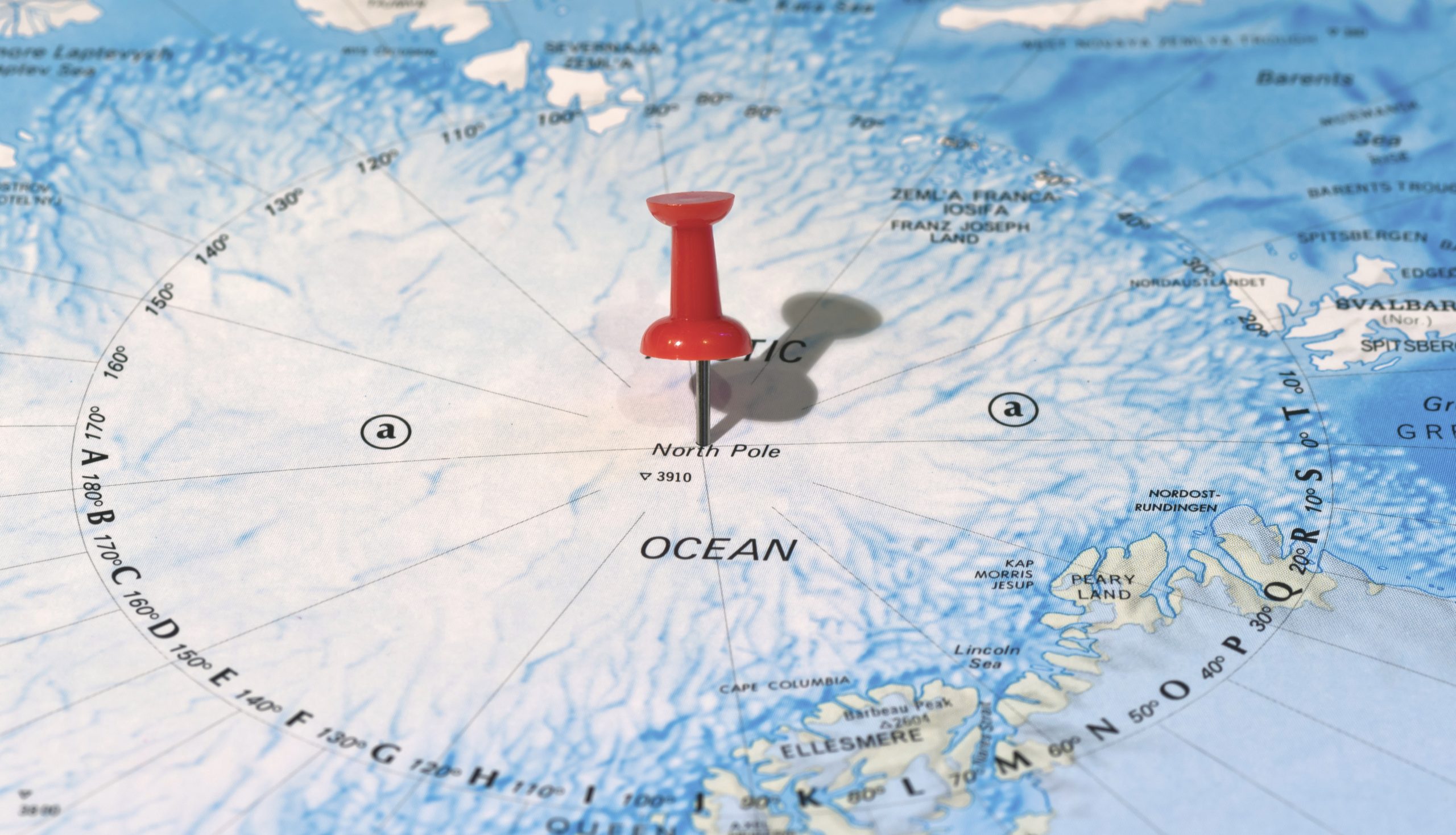
Overkill
Anything done to survive in Antarctica must be overdone. The temperatures drop so low, and the storms are so severe, that one’s life is often at a balance. To survive the low temperatures, one must take the best possible equipment and find ways of improving it.
Amundesen’s expedition to the South Pole did this, spending the entire winter (remember, seasons are reversed there) establishing their supply caches and setting out on their expedition, or working on their gear. They lightened their dogsleds by a full third, while retaining their strength, cooked biscuits and made pemmican for rations, improved their goggles, boots and just about everything else. The best available wasn’t good enough for them; they had to make it better.
This is a great attitude, even though you and I aren’t going to face cold anywhere near as severe as they did. Nevertheless, we are likely to face conditions that are worse than we expect. That’s what we need to be preparing for.
There are two ways of looking at this. The first is a “bottom up” approach where we figure out what we expect to be out of, in a worst-case scenario, and try to work our way up to that. The other is a “top down” approach, where we look to have the necessary equipment, supplies and training to go far beyond what we ever expect to need. That way, we can come down to the level we need to, in order to survive.
By the way, this “top down” approach is what the best elite warrior organizations in the world use. They train for a much harder mission than they will ever encounter. That way they aren’t straining to reach their maximum on a real mission.
Self-Sufficiency
All the Antarctic settlements must be fully self-sufficient, to the point where some are growing food in greenhouses, as well as having nuclear reactors for energy. Even though they all depend on resupply from the countries that established those bases, they know that such resupply might not reach them someday. Therefore, they are prepared to survive for months beyond the expected due date, just in case.
We talk about self-sufficiency a lot in the prepping and survival community, and we should. That should be the goal of every one of us. However, I have seen unintended efforts to undermine this goal, by people who have not properly taken into consideration just how much we’re going to need, in order to survive.
Considering that the average adult eats about a ton of food per year, I don’t see how most people expect to survive, let alone thrive, on the survival gardens they grow. If they aren’t planning and preparing to vastly expand those gardens in a time of crisis, so they can produce enough food, it’s probably not enough.
Build to Last
Stone piled upon stone might be a very inefficient building technique by today’s standards, wasting a lot of material; but it lasts. There are ancient buildings around the world, built by that primitive technique, which have lasted for millennia. In comparison, today’s buildings, even commercial and industrial buildings, as well as our roads, bridges and utilities, are built with a 50-year life expectancy.
As preppers, many of us do even worse than that. I know a lot of people whose bug out plans include living in a debris hut or a lean-to. While that might work for a week or two, it really doesn’t sound like a long-term solution to me. Even so, other than those few preppers who own a cabin in the woods, I don’t personally know any who have a shelter which can reasonably be expected to be usable for years.
Building with stone might be a bit much, but there are other building techniques which are practical to use for a survival retreat, such as building a log cabin, making an earth bag home, adobe, even sod homes. Plus, while none of these may be as comfortable and clean as our modern homes, they’ll be a whole lot better than trying to live in a lean-to or a backpacking tent.
Taking Advantage of “Good” Weather
Scheduling in the Antarctic depends on the weather. The bigger scientific settlements there all contain weather stations, which broadcast regular reports for everyone’s use. That allows everyone to know when the bad weather is coming and what days are safe to work outdoors.
Amundsen was wise in scheduling his forays to establish his three supply caches before winter hit so that when the weather turned good again, he’d be ready to take off. He knew that it made no sense at all to try to find the South Pole during the long Antarctic night, so he made his plans accordingly. It might have taken him more time, overall, to establish those caches, but what he accomplished was to give himself the ability to start out as soon as the weather allowed, and sunlight returned.
We can take a lesson right out of Amundsen’s playbook here. I don’t care what your or my plans are, when we’ve got good weather, we need to take advantage of it. There are times to forget the calendar and just do what needs to be done. Otherwise, there might not be another opportunity and we’ll end up outside, working in the cold and the rain when we should really be hunkered down indoors.
Know When to Hunker Down
This is a lesson that’s so old there’s really no reason why we should have forgotten it. Antarctic expeditions aren’t the only ones who know that wintertime is the time to hunker down and stay indoors, Pioneers who moved west and staked a claim knew so too. Wintertime for them was a time for mostly indoor activities, like repairing harnesses and working on their home. While there were always chores that required going outdoors, they kept that to a minimum, so they could keep themselves protected from the cold.
Bad weather will be much more our enemy during a time of crisis, than it is today. We’ll need to pay particular attention to avoiding hypothermia. Without central heating and air conditioning, weather is going to affect what we can and can’t do a whole lot more than they do now. At the same time, we won’t be able to afford the luxury of wasting time. Rather, we’re going to have to have tasks we’re saving for those times when we can’t go outside.
Transportation
I see lots of cool bug out vehicles on the internet; some of which I’d personally like to own. Yet, at the same time, I’m not all that sure that any of them will be all that useful during a long-term survival situation. While they might help someone get from their home to their survival retreat, once they’re out of gas, they’re not going to be useful for much more.
Part of Amundsen’s success was that he used dog sleds as his main mode of transportation, even while other teams avoided them, something he couldn’t understand. Yet every other mode of transportation used in Antarctica must be severely modified for those conditions. You can’t just take a 4×4 truck down there and expect it to work.
Believe it or not, there’s actually a road from McMurdo Station to the South Pole, where the United States operates the Amundsen-Scott South Pole Station. But this road is unlike anything you or I have ever seen before. While extensive work was done to build it, including leveling out high points and filling in canyons in the ice. Every year extensive maintenance work is conducted to keep it open. Yet all you would see, if you drive over that road, is a series of flag boles, marking the route. It isn’t paved in anything more than ice and snow.
Those who have planned and built that route understand how useless asphalt would be in that environment. So, they’ve built transportation that will work in those conditions. That includes a lot of tracked vehicles, and what wheeled vehicles there are use enormous tires.
The key here, just as we started out with, is adaptability. That’s what I see missing from most bug out vehicles. They are built to function in the world we live in, rather than to function in a world where we can’t just pull up to the gas pump and fill up our tanks. When that time comes, about the only filling up any of us could manage would be if we’re running on biodiesel that we make ourselves.
We need to stop planning and preparing to survive based upon what we’re living with today and start planning and preparing for the kind of life we’re going to have to live in a world without the infrastructure we have now. That doesn’t just mean growing our own food and pumping out own water; it means everything. Until we can honestly look at every system we have and see that it is totally self-contained, able to function without any outside help, just as if we were living in Antarctica in their wintertime, we’ve still got some preparing to do.





